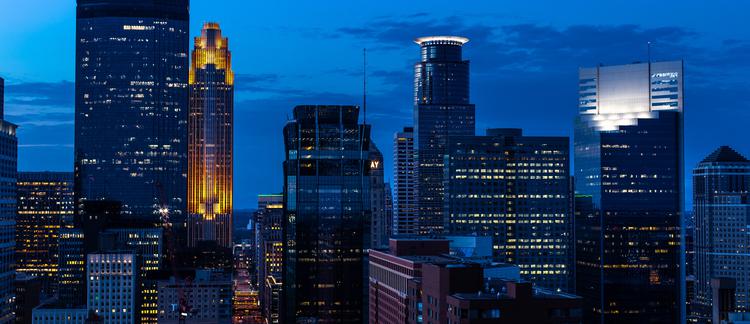Abstract
High energy gamma ray flashes from terrestrial sources have been observed by satellites for decades, but the actual mechanism, assumed to be thunderstorm lightning, has yet to be fully characterized. The goal of COTEL, funded by NASA through the University Student Instrument Project (USIP) program, is to correlate in time TGF events, lightning strikes, and electric fields inside of thunderstorms. This will be accomplished using a small network of balloon-borne payloads suspended in and around thunderstorm environments. The payloads will detect and timestamp gamma radiation bursts, lightning strikes, and the intensity of localized electric fields. While in flight, data collected by the payloads will be transmitted to a ground station in real-time and will be analyzed post-flight to investigate potential correlations between lightning, TGFs, and electric fields. The ground station system that will be used for COTEL was developed for the Eclipse 2017 ballooning project, and was used during flight operations on the day of the eclipse. The COTEL student team is in its second year of effort having spent the first year developing the basic balloon payloads and ground tracking system. Currently the team is focusing on prototype electric field and gamma radiation detectors. Testing and development of these systems will continue into 2018, and flight operations will take place during the spring 2018 Louisiana thunderstorm season. The poster will cover the student team effort in developing said system, an overview of the system architecture, balloon flight tests conducted to date, preliminary results from prototype detectors, and future plans.
How to Cite:
Landry, B., Blair, D., Causey, J., Collins, J., Davis, A., Fernández-Kim, V., Kearney, C., Kennedy, J., Pate, N., Schayer, C., Turk, E., Cherry, M., Fava, C. H., Granger, D., Stewart, M. & Guzik, T., (2017) “Correlation Of Terrestrial gamma flashes, Electric fields, and Lightning strikes (COTEL) in thunderstorms using networked balloon payloads developed by university and community college students”, Academic High Altitude Conference 2017(1). doi: https://doi.org//ahac.9755
Downloads:
Download Paper (PDF)
View PDF

